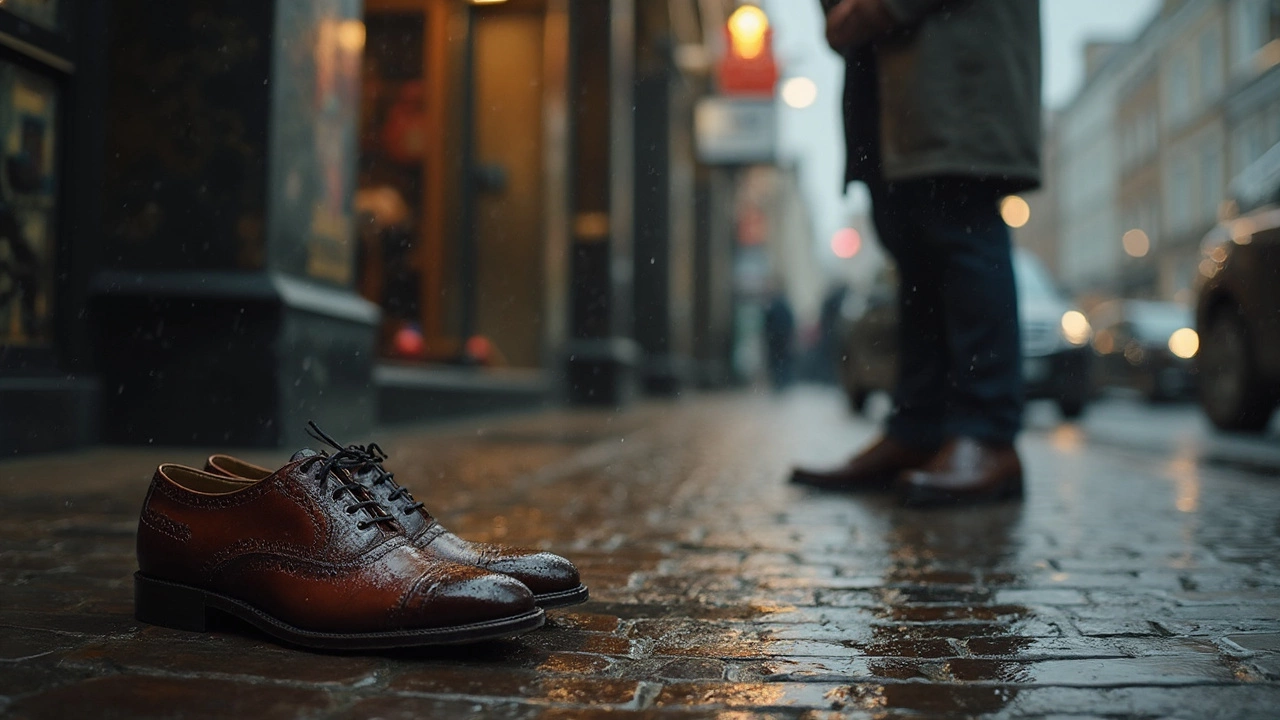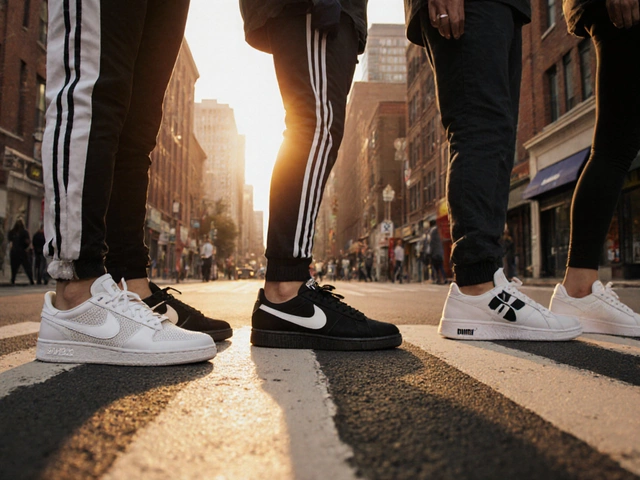Wet Leather Care: How to Keep Your Shoes Looking Fresh
Got a pair of leather shoes that just walked through a puddle? No panic needed – wet leather can be rescued with the right moves. The key is acting fast, using gentle drying methods, and giving the leather some love afterward. Below you'll find the most practical steps to dry, condition, and protect your leather, plus a quick check on when it’s time to say goodbye.
Quick Drying Hacks
First thing: remove any excess water. Pat the surface with a clean, dry cloth – don’t rub, just press. Then stuff the shoes with newspaper or paper towels; they pull moisture from the inside and keep the shape. Change the paper every hour until it stays dry. Avoid heat sources like radiators or hairdryers – they shrink leather and can cause cracks.
If you have a fan, set it on low and point it at the shoes. The airflow speeds up drying without overheating. For stubbornly damp areas, like the toe box of a boot, use a shoe tree or a wooden block wrapped in a thin towel. This holds the leather open and lets air circulate where it’s needed most.
Conditioning & Protecting Wet Leather
Once the leather is dry to the touch, give it a conditioning boost. Choose a leather conditioner that matches the shoe’s finish – a cream for smooth leather, a wax for nubuck. Apply a thin layer with a soft cloth, let it soak for a few minutes, then buff away the excess. This restores oils lost during the wet episode and prevents the material from feeling stiff.
After conditioning, protect the shoes with a water‑repellent spray. Look for a product labeled breathable; you want the leather to stay flexible while shedding future spills. Test the spray on a hidden spot first, just to be sure the color stays true.
Even with the best care, some damage is unavoidable. Check the leather for signs of stiffness, cracks, or stubborn stains. If the toe box feels hard or the grain has lifted, a professional cobbler can often restore the surface. But if the leather is cracked deep or the sole is separating, it might be time to replace the pair – especially if you see the same issues recurring.
Keeping wet leather at bay is easier when you’re prepared. Store shoes in a cool, dry place, avoid leaving them in a car on a rainy day, and consider a waterproofing routine every few months. A quick wipe‑down after each use in damp weather can also stop water from sinking in.
Bottom line: act fast, dry gently, condition thoroughly, and protect before the next splash. Follow these steps and you’ll extend the life of your leather shoes, saving both money and style points. Happy walking, rain or shine!

Does Leather Get Tighter When Wet? Leather Shoes Explained
Ever wondered what happens when leather shoes get soaked? This article breaks down whether leather gets tighter when it's wet and explains the real science behind it. Discover why leather changes shape and how to keep your shoes comfortable. You'll also pick up tips to avoid ruining your favorite kicks. Keep your next rainy day mishap from turning into a total disaster.




